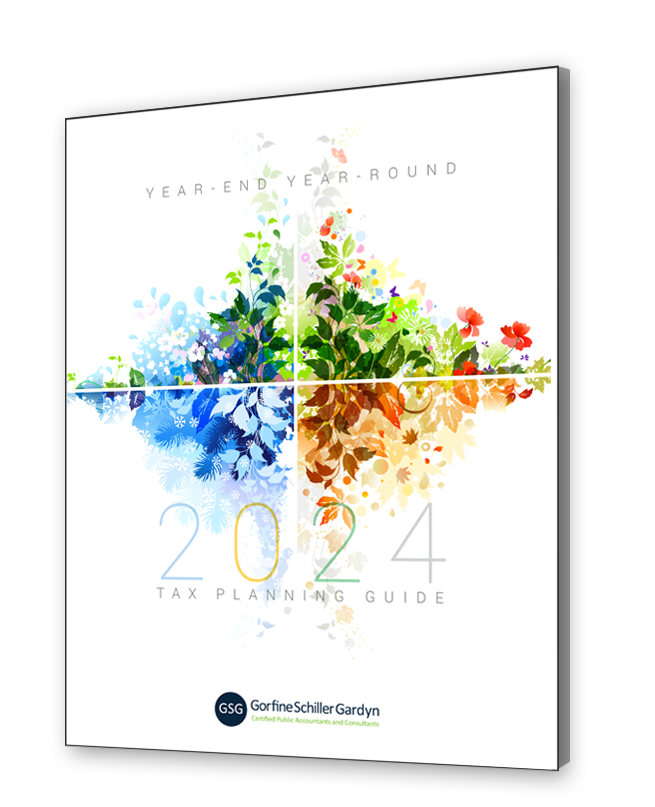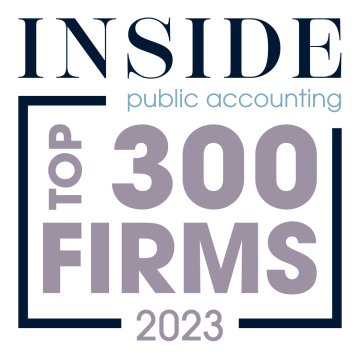Transparency in Reporting
The call for the transparency in financial reporting has been loud and long. It found its roots and gained momentum through the Dot.com implosion and the subsequent proliferation of corporate scandals. Additional focus was placed on transparent financial reporting during the financial collapse (and subsequent bailout) of the financial markets resulting in the House agreeing to / passing the Promoting Transparency in Financial Reporting Act of 2009 (PTFRA).
OK, so we should all fee better now – right? Well, not exactly. While this was a step in the right direction, it only covers FINANCIAL REPORTING! While transparent financial reporting is critical for investors and regulators, it does not address the important requirements of MANAGEMENT REPORTING! While financial results are reported in an accurate and timely manner, I believe that most organizations lack the internal management reports needed to support critical decisions around the deployment of its scarce resources on a day to day, week to week, month to month, and year to year basis. We simply need to do better.
Why Management Reporting?
In theory, the effective implementation and use of a comprehensive Management Reporting environment establishes the infrastructure necessary to effectively manage operations and drive shareholder value. These reports should provide a cross functional / integrated view of how an organization is managing its most valuable, and costly, resources: people, processes, and technologies. While Financial Reporting focuses on the results of operations, Management Reporting focuses on operational processes providing an opportunity to maximize the organizations return on its significant investment in its infrastructure. Too often, “C” level executives focus on financial results and do not drill deep into the operational aspects of the organization.
In practice, we find that while many organizations believe that they have a Management Reporting program, they in fact do not. What they have is typically a combination of standard application based reports that capture raw statistics for a specific functional area of the organization; however, they do not provide much in the way of value added / actionable information on the efficiency and effectiveness of that specific organization. Let’s look at an example for sales management reporting in a standard environment versus an enhanced, cross-functional “Transparent” environment.
Standard Management Reporting Data: Historically, most organizations will measure gross sales (dollars & volumes), cost of sales (dollars & volumes), bad debt (dollars & volumes), sales channels ($ and volumes), and days sales outstanding receivables. In addition, most organizations will seek comfort in reviewing sales by product group or major client in order to establish high level trends.
Enhanced “Transparent” Management Reporting Data: An organization with access to cross functional / integrated Management Reporting information will look at the end to end impact of their sales environment. For example, these organizations will analyze Product Profitability, Client Profitability, Fulfillment Turn-Times, Supply Chain Support Costs, Direct Indirect Sales Support Costs, and Client / Product trends.
As can be seen in the example above, having visibility / transparency in cross functional Management Reporting data / information will provide “C” level executives with the decision support tools necessary to function / divisional management accountable in order to maximize earnings and drive shareholder value.
So What Now?
As a best practice, the “C” level team should challenge themselves to challenge their management team to develop and report key operational metrics to be used to better manage their respective organizations. You will not need to make a major investment in technology to start moving forward, simply ask some key / fundamental questions; or, for some value added Management Reports (i.e. Product / Client profitability statistics) and listen to the response. If the reports do not exist; or, if the preparation is manual, you have an opportunity for improvement. So, the message is: determine where you are today, and commit to being in a better place tomorrow. Transparency in Reporting is not measured in a point in time; it is a perpetual process of assessing and enhancing.
So, is your reporting transparent? If you find that it is not, it is time to take action!
Best Regards,
Mark T. Warren, M.S.
Director of Business Consulting
Gorfine, Schiller & Gardyn, PA
443-632-5149
Newsletter Sign Up
Tax Planning Guide
Recent Blog Posts









